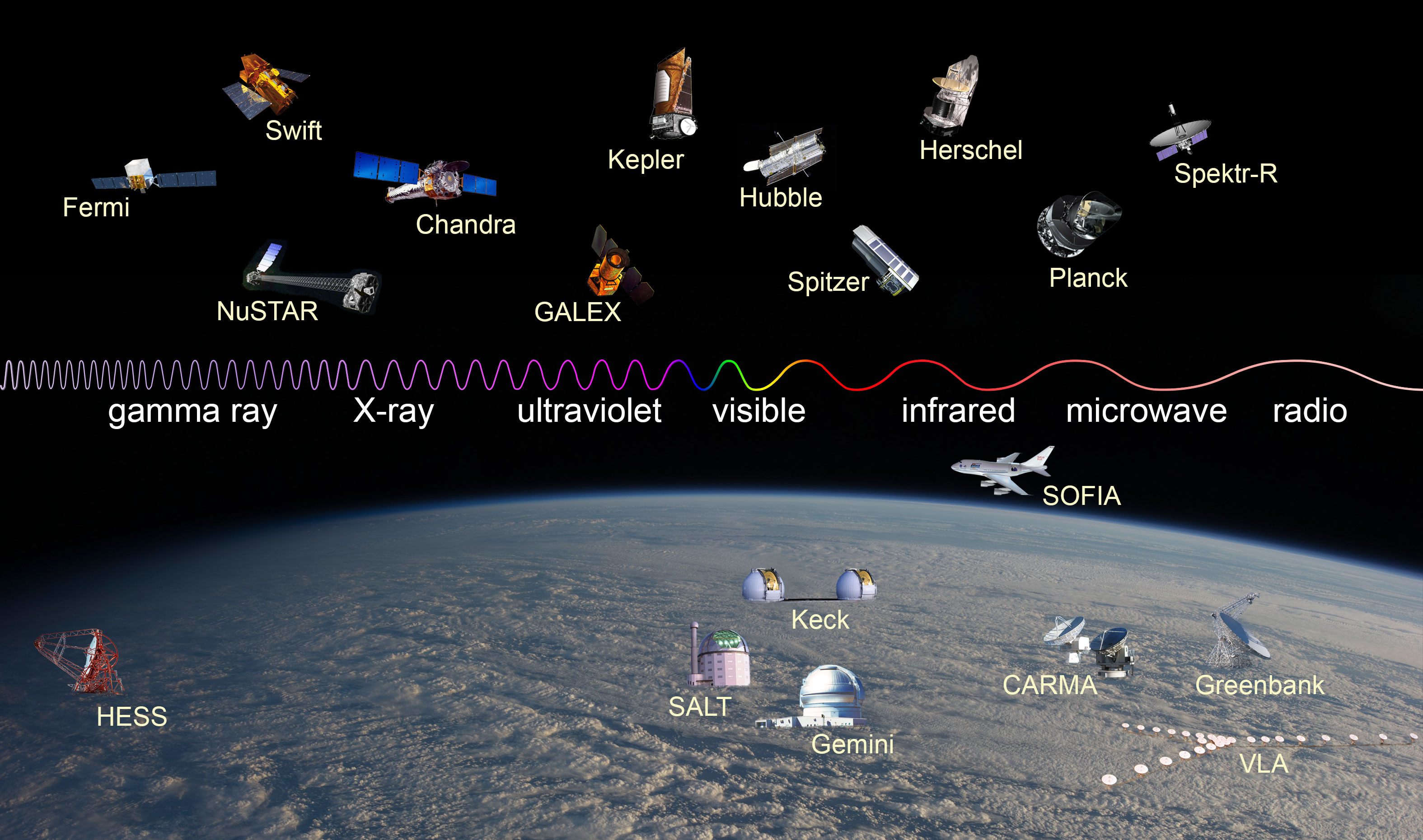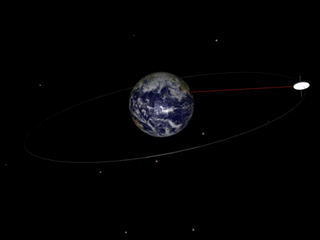|
Zenit-3F
The Zenit-3F, Zenit-3SLBF or Zenit-2SB/Fregat was an expendable carrier rocket. It was a member of the Zenit family of rockets, which were designed by Yuzhnoye Design Bureau of Ukraine Ukraine is a country in Eastern Europe. It is the List of European countries by area, second-largest country in Europe after Russia, which Russia–Ukraine border, borders it to the east and northeast. Ukraine also borders Belarus to the nor .... Launches of Zenit-3SLBF rockets were conducted from Baikonur Cosmodrome Site 45/1. The rocket consisted of a Zenit-2SB (Zenit-2M) core vehicle, with a Fregat-SB upper stage, developed by NPO Lavochkin of Russia, in place of the Block-DM used on the Zenit-3SL and 3SLB. The first launch of a Zenit-3F took place on 20 January 2011. The payload was an Elektro-L new generation weather satellite. A Zenit-3F was also used to successfully launch the Spektr-R radio astronomy satellite on 18 July 2011. Launches References {{rocket-stub ... [...More Info...] [...Related Items...] OR: [Wikipedia] [Google] [Baidu] |
Zenit (rocket Family)
Zenit (, ; meaning ''Zenith'') was a family of space launch vehicles designed by the Yuzhnoye Design Bureau in Dnipro, Ukraine, which was then part of the Soviet Union. Zenit was originally built in the 1980s for two purposes: as a liquid rocket booster for the Energia (rocket), Energia rocket and, equipped with a second stage, as a stand-alone middle-weight launcher with a payload greater than the 7 tonnes of the Soyuz (rocket), Soyuz but smaller than the 20 tonnes payload of the Proton (rocket family), Proton. The last rocket family developed in the USSR, the Zenit was intended as an eventual replacement for the dated Soyuz and Proton families, and it would employ propellants which were safer and less toxic than the Proton's nitrogen tetroxide/UDMH mix. Zenit was planned to take over crewed spaceship launches from Soyuz, but these plans were abandoned after the dissolution of the Soviet Union in 1991. Many of components of the Zenit rockets were produced in Russia. The Ukraini ... [...More Info...] [...Related Items...] OR: [Wikipedia] [Google] [Baidu] |
Spektr-R
Spektr-R (part of RadioAstron program) ( Russian: Спектр-Р) was a Russian scientific satellite with a radio telescope on board. It was launched on 18 July 2011 on a Zenit-3F launcher from Baikonur Cosmodrome, and was designed to perform research on the structure and dynamics of radio sources within and beyond the Milky Way. Together with some of the largest ground-based radio telescopes, the Spektr-R formed interferometric baselines extending up to . On 11 January 2019, the spacecraft stopped responding to ground control, but its science payload was described as "operational". The mission never recovered from the January 2019 incident, and the mission was declared finished (and spacecraft operations ended) on 30 May 2019. Overview The Spektr-R project was funded by the Astro Space Center of Russia, and was launched into Earth orbit on 18 July 2011, with a perigee of and an apogee of , about 700 times the orbital height of the Hubble Space Telescope at its highest ... [...More Info...] [...Related Items...] OR: [Wikipedia] [Google] [Baidu] |
Baikonur Cosmodrome Site 45
Site 45 at the Baikonur Cosmodrome used to be a Zenit rocket launch site consisting of two pads, both of which are currently inactive. It used to be the launch site for all Soviet and Russian government Zenit launches, along with a commercial launch conducted for Globalstar in 1998, and continuing commercial launches under the Land Launch programme. The main pad at the site is area 45/1, which was completed in 1983 following five years of construction. A second pad, area 45/2, was completed in 1990, but was destroyed by a launch failure in the same year. The first launch from site 45, using pad 1, occurred on 13 April 1985. This was a sub-orbital test flight of the Zenit-2, and the maiden flight of the Zenit rocket. The launch failed, and was followed up with a second, successful, test flight launched at 08:21 GMT on 21 June 1985. Whilst this launch was also intended to be suborbital, some debris from the launch reached low Earth orbit. The first launch from pad 2 occurred on 22 ... [...More Info...] [...Related Items...] OR: [Wikipedia] [Google] [Baidu] |
Fregat
Fregat () is an upper stage developed by NPO Lavochkin for universal compatibility with a wide range of medium- and heavy-lift launch vehicles. Fregat has been used primarily with Soyuz and Zenit rockets, and entered operational service in February 2000. Fregat uses a liquid-propellant engine burning unsymmetrical dimethylhydrazine (UDMH) fuel and dinitrogen tetroxide () oxidizer, a pair of hypergolic propellants that ignite on contact. With a success rate of 97.3%, including two failures and one partial failure, Fregat is among the most reliable upper stages in operation. It has deployed more than 300 payloads into a variety of orbits and is capable of placing three or more spacecraft into distinct orbits during a single mission, owing to its ability to restart up to seven times and operate for a total burn duration of up to 1,350 seconds. Description The Fregat upper stage is a versatile and autonomous vehicle designed to inject large payloads into a range of orbits ... [...More Info...] [...Related Items...] OR: [Wikipedia] [Google] [Baidu] |
Yuzhnoye Design Bureau
The ''Pivdenne'' Design Office (), located in Dnipro, Ukraine, is a designer of satellites and rockets, and formerly of Soviet intercontinental ballistic missiles (ICBMs), established by Mikhail Yangel. During the Soviet era, the bureau's OKB designation was OKB-586. The company is in close co-operation with the PA Pivdenmash multi-product machine-building company, also situated in Dnipro. Pivdenmash is the main manufacturer of the models developed by Pivdenne Design Office. Directors * 1954–1971 Mikhail Yangel * 1971–1991 Vladimir Utkin * 1991–2010 * 2010–2020 Products Current Ballistic missiles * Hrim-2 Orbital launch vehicles * Zenit rocket family ** Zenit-2 **Zenit-2M ** Zenit-3F ** Zenit-3SL ** Zenit-3SLB *Antares first stage core, in cooperation with Orbital Sciences Corporation * Dnepr, converted R-36 ICBM * R-36 ICBM, NATO reporting name SS-18 'Satan' Rocket engines *Main engines ** RD-843 ** RD-853 ** RD-859 ** ** RD-861K ** RD-866 ** RD-868 *Steeri ... [...More Info...] [...Related Items...] OR: [Wikipedia] [Google] [Baidu] |
Carrier Rocket
A launch vehicle is typically a rocket-powered vehicle designed to carry a payload (a crewed spacecraft or satellites) from Earth's surface or lower atmosphere to outer space. The most common form is the ballistic missile-shaped multistage rocket, but the term is more general and also encompasses vehicles like the Space Shuttle. Most launch vehicles operate from a launch pad, supported by a launch control center and systems such as vehicle assembly and fueling. Launch vehicles are engineered with advanced aerodynamics and technologies, which contribute to high operating costs. An orbital launch vehicle must lift its payload at least to the boundary of space, approximately and accelerate it to a horizontal velocity of at least . Suborbital vehicles launch their payloads to lower velocity or are launched at elevation angles greater than horizontal. Practical orbital launch vehicles use chemical propellants such as solid fuel, liquid hydrogen, kerosene, liquid oxygen, ... [...More Info...] [...Related Items...] OR: [Wikipedia] [Google] [Baidu] |
Geosynchronous Orbit
A geosynchronous orbit (sometimes abbreviated GSO) is an Earth-centered orbit with an orbital period that matches Earth's rotation on its axis, 23 hours, 56 minutes, and 4 seconds (one sidereal day). The synchronization of rotation and orbital period means that, for an observer on Earth's surface, an object in geosynchronous orbit returns to exactly the same position in the sky after a period of one sidereal day. Over the course of a day, the object's position in the sky may remain still or trace out a path, typically in a figure-8 form, whose precise characteristics depend on the orbit's inclination and eccentricity. A circular geosynchronous orbit has a constant altitude of . A special case of geosynchronous orbit is the geostationary orbit (often abbreviated ''GEO''), which is a circular geosynchronous orbit in Earth's equatorial plane with both inclination and eccentricity equal to 0. A satellite in a geostationary orbit remains in the same position in the sky to observers ... [...More Info...] [...Related Items...] OR: [Wikipedia] [Google] [Baidu] |
Zenit-3SLB
The Zenit 3SLB or Zenit-3M was a Ukrainian expendable carrier rocket derived from the Zenit-2SB. It was a member of the Zenit family of rockets, which were designed by the Yuzhnoye Design Office. Produced at Yuzhmash, the rocket was a modified version of the Zenit-3SL, designed to be launched from a conventional launch pad rather than the Sea Launch Ocean Odyssey platform. Most of components of the rocket were produced in Russia. The Ukrainian space industry was highly integrated with that of Russia due to its Soviet heritage, but that cooperation was interrupted by the Russo-Ukrainian War beginning in 2014, which effectively led to a hiatus in the Zenit program. The subsequent Russian invasion of Ukraine in 2022 saw damage to its manufacturing facilities due to Russian missile strikes, and what survived those strikes pivoted to producing military weapons. Launches of Zenit-3SLB rockets were conducted from Site 45/1 at the Baikonur Cosmodrome. Commercial launches were condu ... [...More Info...] [...Related Items...] OR: [Wikipedia] [Google] [Baidu] |
Zenit-3SL
The Zenit-3SL was an expendable carrier rocket operated by Sea Launch. First flown in 1999, it was launched 36 times, with three failures and one partial failure. It was a member of the Zenit family of rockets, and is built by the Yuzhnoye Design Bureau. RKK Energia produced the Block DM-SL upper stage, whilst the payload fairing was produced by Boeing. Launches were conducted from the Ocean Odyssey platform anchored on the equator in the Pacific Ocean, at a point with 154°W longitude, about 370 kilometres east of Kiritimati. The Zenit-3SL design began in the late 1980s as the Zenit-3, a proposed replacement for the Proton-K, which would have used a Zenit-2 rocket with a Block D upper stage. This proposal was shelved after the dissolution of the Soviet Union, as Russia inherited the space programme, however the Zenit was manufactured in Ukrainian SSR. Boeing became involved in the programme in 1994. The design was subsequently modified, with a modified version of the Bloc ... [...More Info...] [...Related Items...] OR: [Wikipedia] [Google] [Baidu] |
Blok D
Blok D () is an upper stage used on Soviet and later Russian expendable launch systems, including the N1, Proton-K and Zenit. The stage (and its derivatives) has been included in more than 320 launched rockets . By 2002 its modification Blok DM had a 97% success rate in 218 flights since 1974, and 43 successful missions in 1997–2002. The stage was developed in the 1960s as the fifth stage (' Д' is the fifth letter in the Cyrillic alphabet) for the powerful N1 rocket used in the Soviet crewed lunar programs. The stage first flew in March 1967 while testing the Zond spacecraft as a part of those programs. During crewed lunar flight Blok D would be used for mid-course corrections on the flight to the Moon, then to place the lunar orbiter and lander into a lunar orbit, and decelerate moon-lander out onto its landing trajectory. Blok D was also included as fourth stage of Proton-K and as such flew on uncrewed Soviet missions to Moon, Mars (Mars 3) and Venus. It was used ... [...More Info...] [...Related Items...] OR: [Wikipedia] [Google] [Baidu] |



